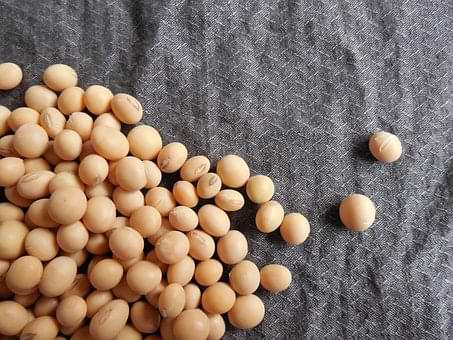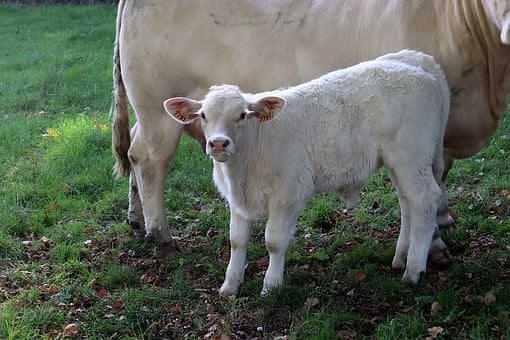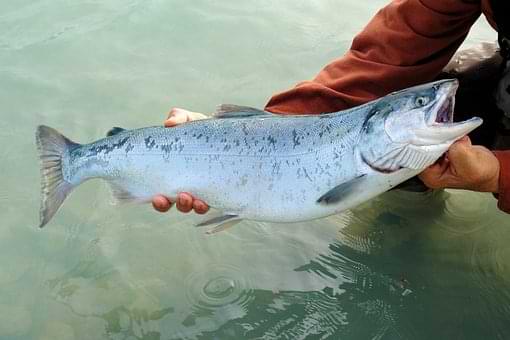Fats are one of the most critical parts of animal nutrition, and a diet with around 10 to 15% fat is best to maintain animal health. And you do not have to worry about high cholesterol levels due to excessive fat intake in animals because they do not end up with the same health problems humans have from eating high-fat diets. The only problem is when animals get too much fat without the required activity to balance things out. Low animal-fat levels can cause problems like dry, dull, and itchy skin, weak immune systems, and other potential conditions like diabetes and heart disease.
Table of Contents
Soy and Associated Products as One of the Best Fat Sources
Studies show that fats offer animals more energy than proteins and carbohydrates. They are critical for animal nutrition, just like human consumption. Earlier, people used to use whole-fat seeds to feed animals; nevertheless, because of advancements in extraction procedures, careful technologies are now used to isolate and extract the right fat quality while minimizing the extraction of natural growth hormones and toxins. Poultry fats, tallow, and lard from swine are major animal fats used to feed animals. Plant-based fats are also used for animal nutrition, including rapeseed, cottonseed, and palm kernel oil. Soybean is also one of the best plant-based fats great for animal nutrition.
Soy offers coat-nourishing healthful fiber, vegetable oil, and bodybuilding essential amino acids and proteins. Its complementary amino acid profile blends well with the other grains and proteins to offer beneficial nutrition. Besides being a concentrated source of fatty acids, soy is also high in folic acid, vitamins, fiber, and potassium, making it the ideal product for balanced nutrition in animals. It is also suitable for animals with digestive problems.

Fats: A Detailed Understanding
Fats are concentrated forms of energy that give animals more than twice the amount of energy as proteins and carbs do. Fats used in animal foods are highly digestible and one of their body’s first sources of energy. Fats are made of building blocks known as fatty acids that animals need in their regular diet because their bodies cannot make them. Animals need the essential fatty acids in both Omega-3 and Omega-6 fatty acid groups in specific amounts to stay active, healthy, and fit.
Based on their melting points and structure, fats are classified into three main categories, saturated fats without double bonds, mono-saturated fats with single bonds, and poly-saturated fats with two or more bonds.
Reasons to Feed Fats to Animals
Fats serve several vital functions in an animal’s body. They provide energy and are crucial for the normal function of the body’s nerves, cells, tissues, and muscles. Fats are critical for the overall normal development of animals and produce a hormone-like substance known as prostaglandins in an animal’s body. These substances work to lower inflammation in animals and also perform other functions in the body.
Several fats offer specific added advantages that can increase productivity in animals. Ensuring you provide the right fats for animals at the right time can have several advantages, like:
- Improved fertility
- Unrivaled supply of energy that improves body condition and milk yield.
- Reduced heat stress
Fats are also one of the reasons why animal food tastes and smells good, especially dog food and treats. Different types of oils and fats give the proper structure to animal foods and help an animal’s body to absorb fat-soluble vitamins like vitamins A, D, E, and K. Fats in animal nutrition, specifically dogs, keep their coat healthy and shiny and are also crucial in the reproduction procedure.
But remember, not all fats are good for animals. You must carefully consider the quality, quantity, and source of fat when choosing different foods for your animal’s nutrition.

Common Sources of Fats for Animals
When choosing foods for animal nutrition, check out the complete list of ingredients to find out where the fats come from. Typically, fats in animal foods come from both plants and animals. And remember, top-quality animal foods will always list the courses of fat that offer the right balance of Omega-6 and Omega-3 fatty acids.
Some of the most common sources of Omega-6 fatty acids include fish oils from fish varieties like salmon and herring and canola and flaxseed oils. Common courses of Omega-3 fatty acids in animal food include chicken fat, pork fat, sunflower oils, safflower oils, and soybean and corn oils. You can even look for lower-quality fat ingredients like lard or tallow.

Fat Requirement of Dairy Cows
When feeding fats to animals, you always need to maintain the right balance of other nutrients. With the majority of animal feed, fats in the rumen can cause an oil slick to coat the rumen fiber, which prevents rumen bacteria from breaking fats down. As for dairy cows, they require more than 6% fat in dry form to maintain good productivity and body condition. Nevertheless, the problem here is if the fat feeding in dairy cows goes above 3.5%, it may cause serious health issues like rumen damage and a weak digestive system.
Therefore, include rumen-protected fat varieties in your animal food to increase the fat intake of animals without any harmful effects. The best rumen-protected fats can enhance fertility, milk production, and milk fat in dairy cows.
Conclusion
From improved fertility to increased milk production, different varieties of fats have various advantages for animal nutrition. This makes it crucial to choose the right fats for your animals carefully. However, selecting what kind of fat you would like to add to an animal’s regular diet will entirely depend on the results you are looking to achieve.

